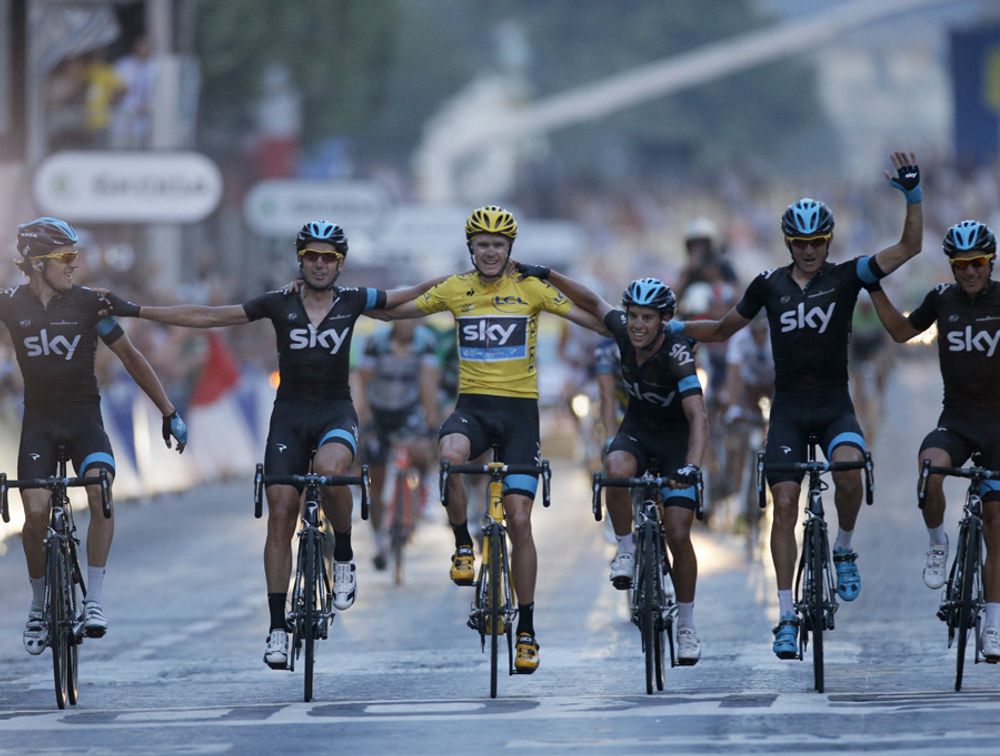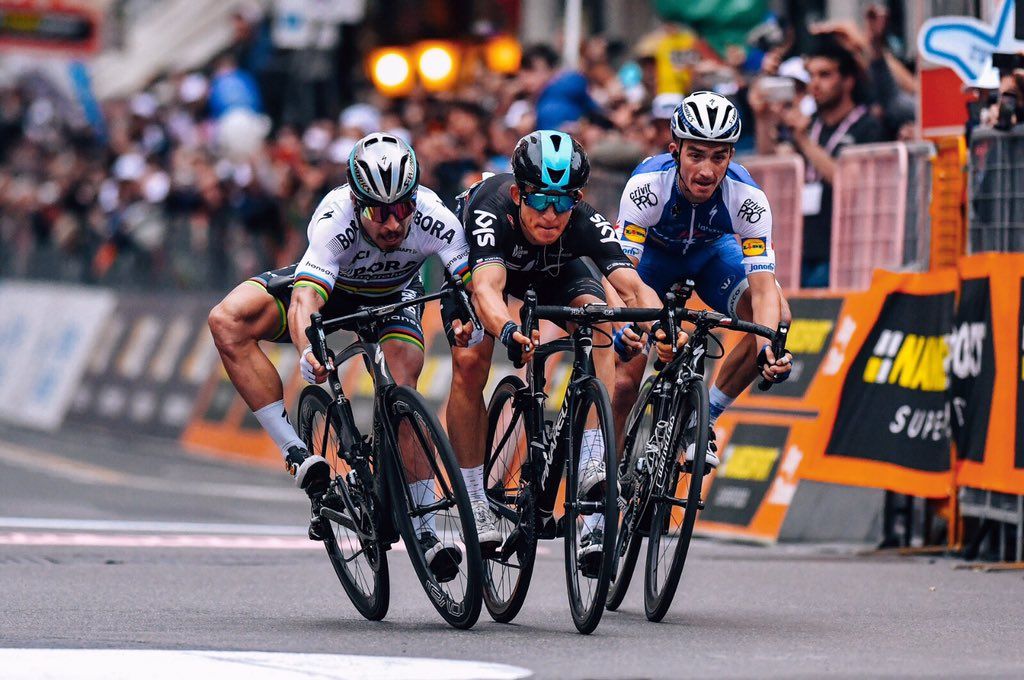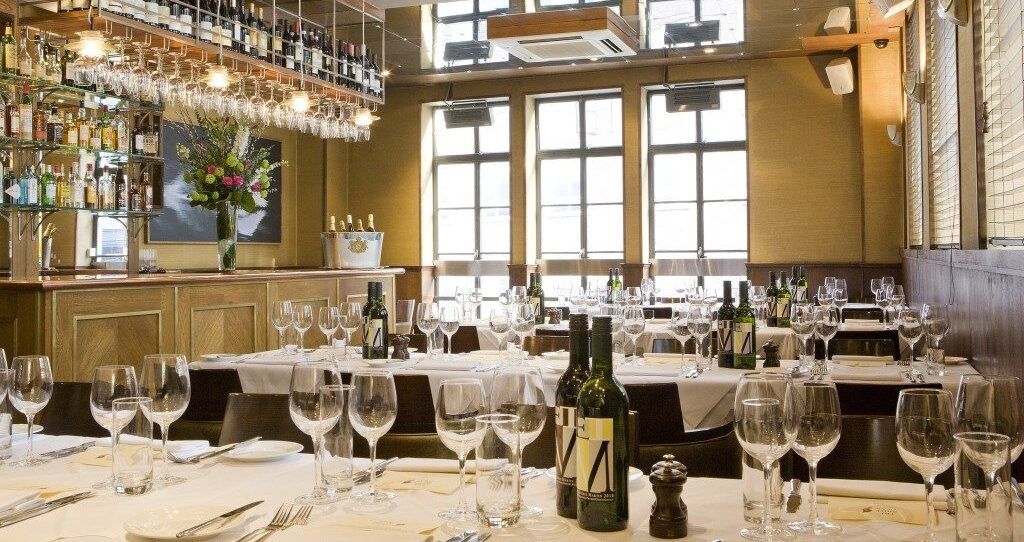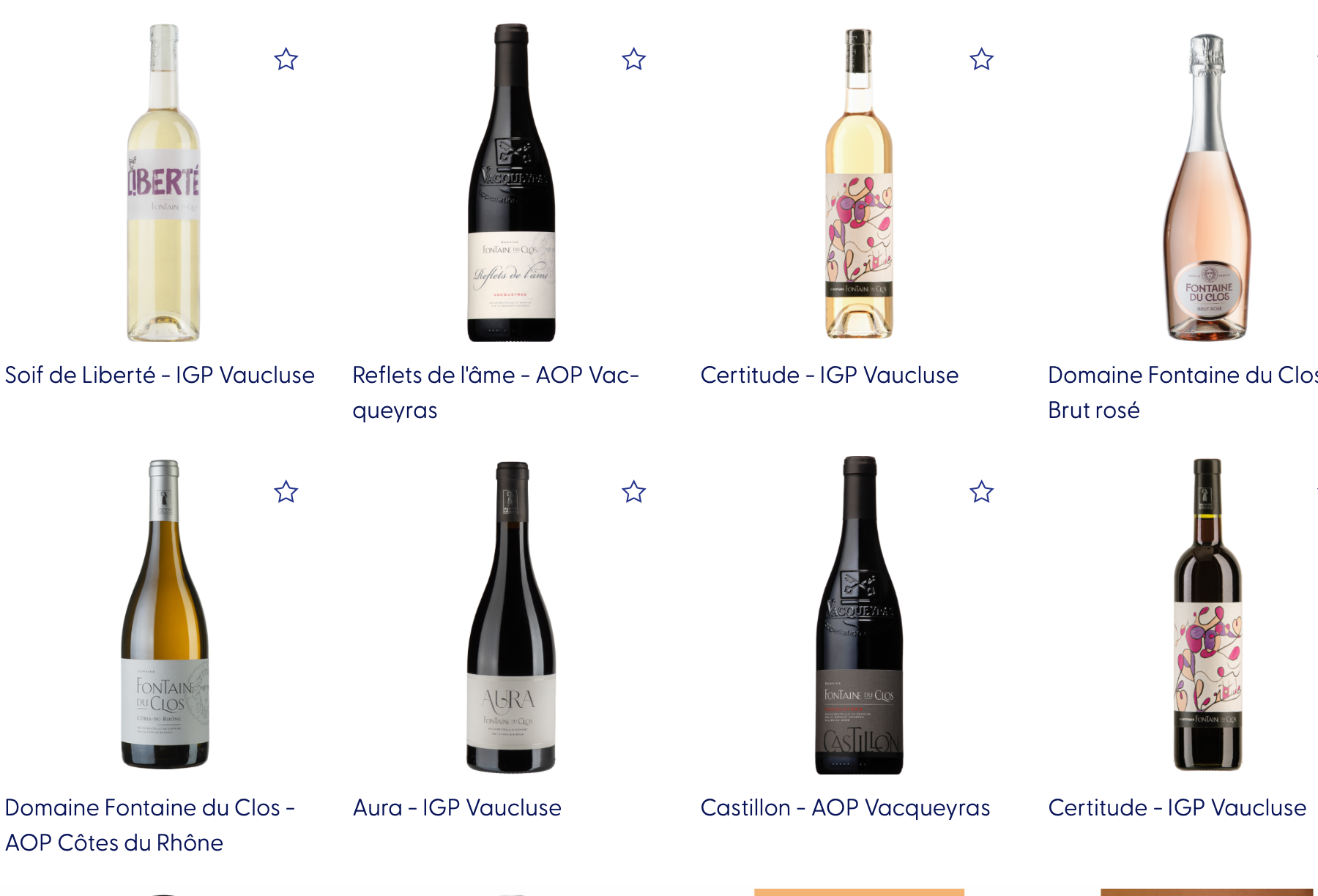The demands on business are bigger than ever before, but rather than look for a silver bullet the best answers are usually to be found in doing what you what have always done…but just a little bit better.
Team Sky’s highly acclaimed cycling boss, Sir David Brailsford may be making the headlines for all the wrong reasons at the moment for what was or what was not in a certain Jiffy bag handed over to British cycling hero, Sir Bradley Wiggins some years ago. But here’s a reason to put him back on the pedestal from which he has recently fallen.
Brailsford, like many a business leader before him, has put the enormous success the British and Sky cycling teams have enjoyed over the last five to six years down to what he has termed “marginal gains”.
Or as he says in his own words: “The whole principle came from the idea that if you broke down everything you could think of that goes into riding a bike, then improved it by 1%, you will get a significant increase when you put them all together.”
So if you follow Brailsford’s mantra winners are not necessarily born, they are created by a collective team effort. Or making sure all the separate parts involved in doing a good job or running a successful business are all operating just that 1% more efficiently than before.
It is why he is such a popular figure on the motivational business speech circuit.

Sir Terry Leahy: right man, right place
Closer to home Sir Terry Leahy, the former chief executive of Tesco, put the chain’s enormous success in the 1990s and 2000s down to the fact the business was consistently doing 100 things one per cent better, rather than having one stand out reason for its success.
So the ideal of “marginal gains” is clearly a winning concept and one we can all apply in our businesses and careers. Particularly at a time when profits are harder to come by and everyone in the mainstream on-trade is being hit by tighter margins and rising costs. Much likely to get worse before they get better.
Be it in the price of our imported food and wine, as the result of the fall in sterling, or the rise in everyday running costs with a higher National Minimum and Living Wage and increases tobusiness and utility rates.
Time to be smarter

It means we are all going to have to be a lot smarter about how we run every part of our business. Starting with our wine and spirits ranges. Now we all know that they have to operate with effectively an arm (if not both) behind their backs thanks to the high level of duty. This year they are even more hamstrung by the cost of sourcing wines and spirits from core markets around the world, thanks to the rate of sterling against key currencies such as the dollar and the euro. In many examples the further afield you go the bigger the cost is producers are having to grapple with currency hits of 20% or more.
Currency hits that are making some look increasingly to other more profitable markets around the world, questioning their long term strategy for the UK. For whilst the UK is always going to be seen as a vital drinks market, particularly in demonstrating to other key markets around the world that your products can be listed and sold there, but it is likely more producers will see it as literally a shop window, a showcase whilst keeping back more inventory and supplies to be sent to more lucrative markets. Particularly now that China, wider parts of Asia and the US is far more open to imported wine and spirits than ever before.
That said wine and spirits have worked hard to become a key part of any on-trade’s offer, particularly in pubs and bars where the focus is usually more on the beer and craft beer and cider offer. So if we are going to continue to convince drinkers to keep returning to the wine and spirits list then we need to think again about what we are doing.
Gains to be made

How far would you go to get an edge over your competition?
It is vital that not only does on-trade operator look again at how it is organising its wine and spirit ranges, but they look to work closer with their chosen drinks distributors to really drill down and identify the Brailsford-style “marginal gains” that can be made, Here are a few “gains” to consider:
- Look at the number of wines you have at key price points on your list. Your costs may have gone up which could have pushed wines in to different price categories on your list, but your customers are still going to want to buy at the prices they are comfortable with. So make sure you don’t push them out of buying wine at all by having no wines they want at those sweet price points. Price points rather than grape varieties are being cited as a key trend for 2017.
- It is where wines by the glass can have a much more effective role to play. Wines positioned at attractive prices that draw in drinkers, keep the margins up but offer value and quality at the same time.
- To help achieve that might mean being a bit braver about the margins you are looking for certain wines. So for particularly popular wines that need to be sold at a certain price point you might need to take a bit of a hit on your bottom line. But to compensate you can tactically raise the margins on other higher priced wines you feel will still catch your customers’ attention. But always being flexible enough to switch wines and price points until you are comfortable you have the right mix.
- The same also applies to the spirits range and the opportunity to introduce new lines, particularly in craft and premium spirits which offer better margins but also keep the back bar fresh and interesting.
- Remember the 80/20 rule. You will be making more money on certain key wines and spirits in your range, so make sure you know which ones they are and then do your most to protect their sales.
- The world’s a big place. You might be used to always buying your Sauvignon Blanc from New Zealand or your Pinot Grigio from Italy, but countries all over the world are now making their own versions of those varieties which might in the coming months be more competitive to buy. Again it is a case of operators and suppliers working much closer together to ensure the wines they are buying and sourcing are still offering a credible offer, but returning similar level of margins.
- Sparkling is still booming. This is the one area on your wine list where you should be looking to add new lines, and push your prices, rather than consolidate or contract what you have. Consumers love affair with sparkling shows no sign of abating. They are likely to still want to trade up and treat themselves to a glass or two or fizz even if you do move your prices up a little.
- Prosecco may still be the king today, but that does not mean it needs to be tomorrow. If prices rise and margins get squeezed on Prosecco as much as are expected in the coming months then it is worth considering quality, cheaper alternatives from Cava or the New World. It’s the fizz your customers are really looking for.
- It’s also never been more important to look for a helping hand. Working closely with your drinks supplier, you can look at how to best implement these sort of ideas in to your individual outlet.
After all the phenomenal success of the likes of Sir Bradley Wiggins and the Sky cycling team is all down to team effort and being aware of the skills and expertise that everyone can bring to the party. Perhaps it was just a corkscrew in that Jiffy bag after all.



































